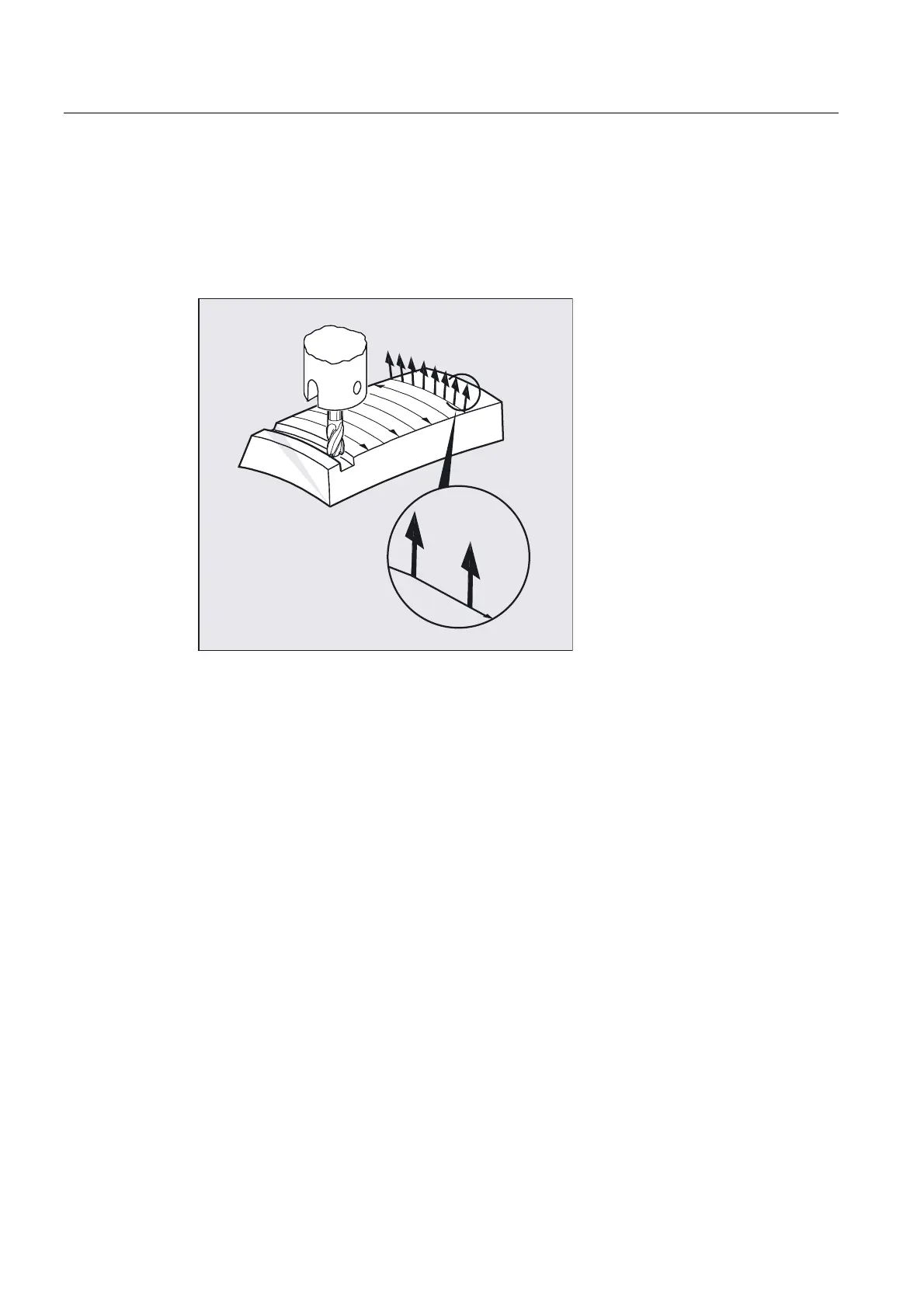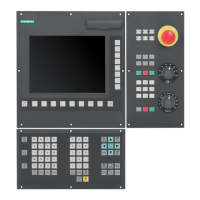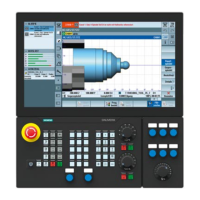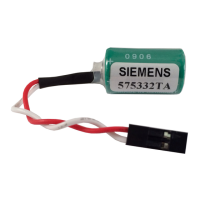Transformations
7.2 Three, four and five axis transformation (TRAORI)
Job planning
7-22 Programming Manual, 03/2006 Edition, 6FC5398-2BP10-1BA0
7.2.5 Face milling (3D-milling A4, B4, C4, A5, B5, C5)
Function
Face milling is used to machine curved surfaces of any kind.
$
%
&
$
%
&
For this type of 3D milling, you require line-by-line definition of 3D paths on the workpiece
surface.
The tool shape and dimensions are taken into account in the calculations, which are
normally performed in CAM. The fully calculated NC blocks are then read into the control via
postprocessors.
Programming the path curvature
Surface description
The path curvature is described by surface normal vectors with the following components:
A4, B4, C4 Start vector at block start
A5, B5, C5 End vector at block end
If a block only contains the start vector, the surface normal vector will remain constant
throughout the block. If a block only contains the end vector, interpolation will run from the
end value of the previous block via large-radius circular interpolation to the programmed end
value.
If both start and end vectors are programmed, interpolation runs between the two directions,
also via large-radius circular interpolation. This allows continuously smooth paths to be
created.

